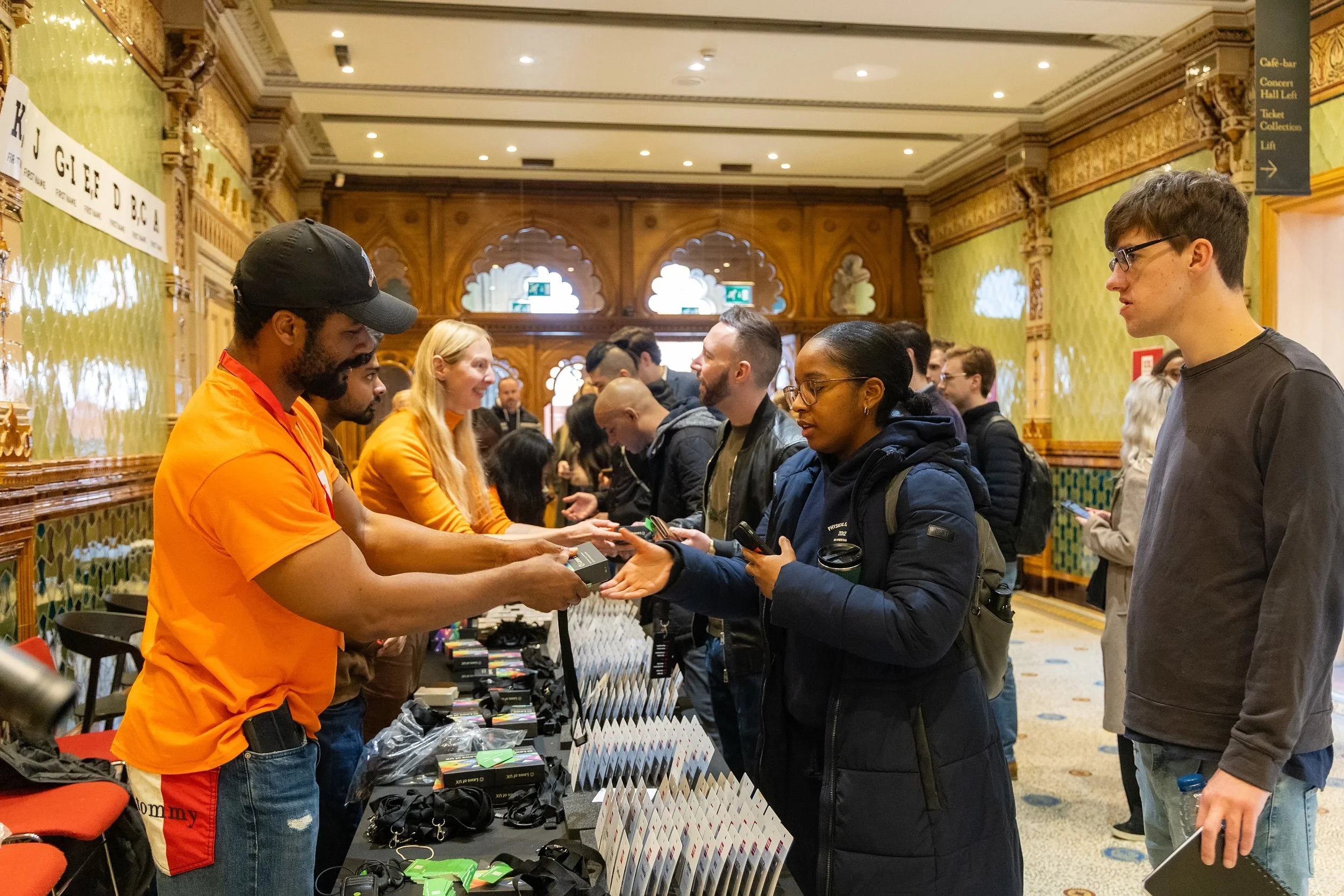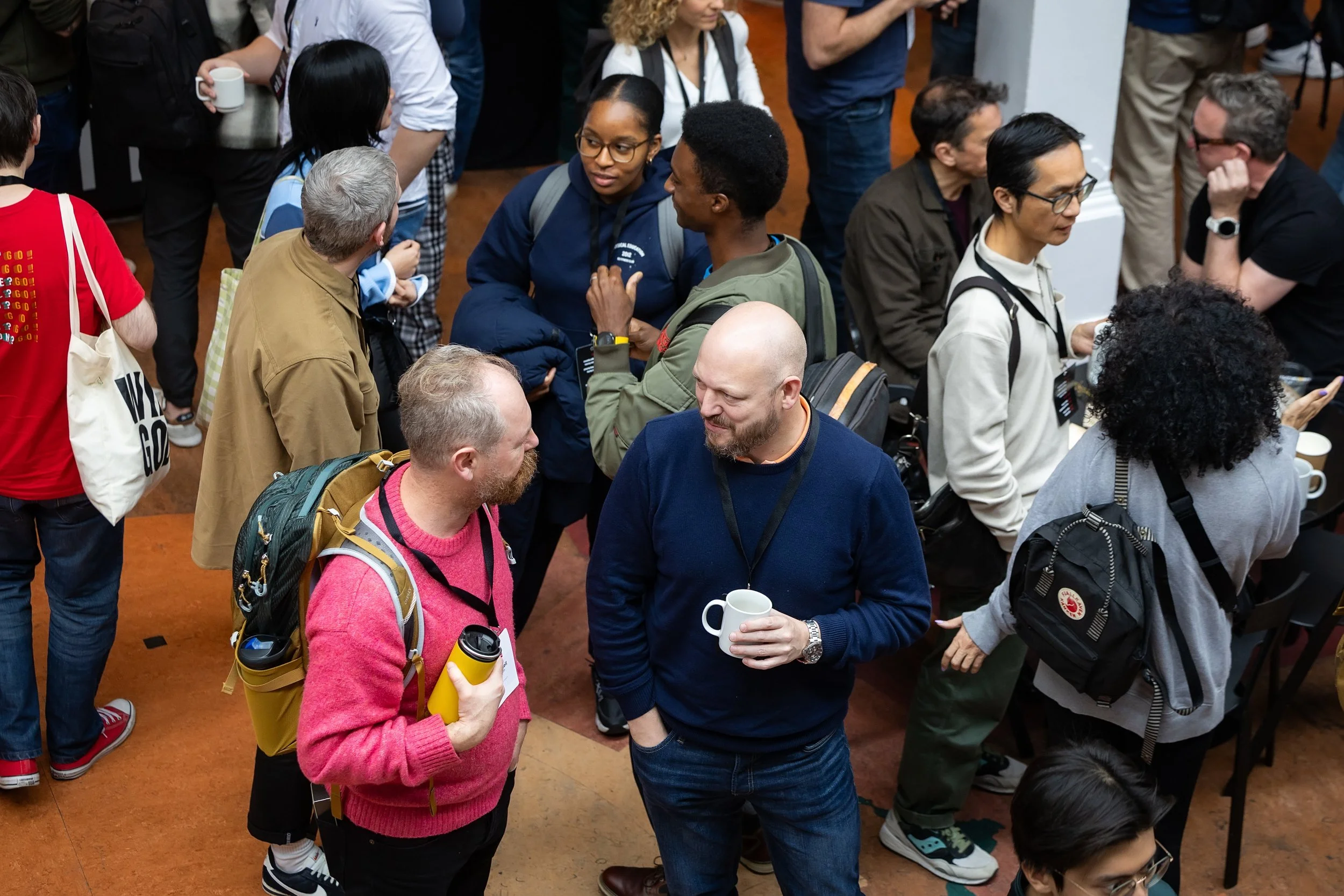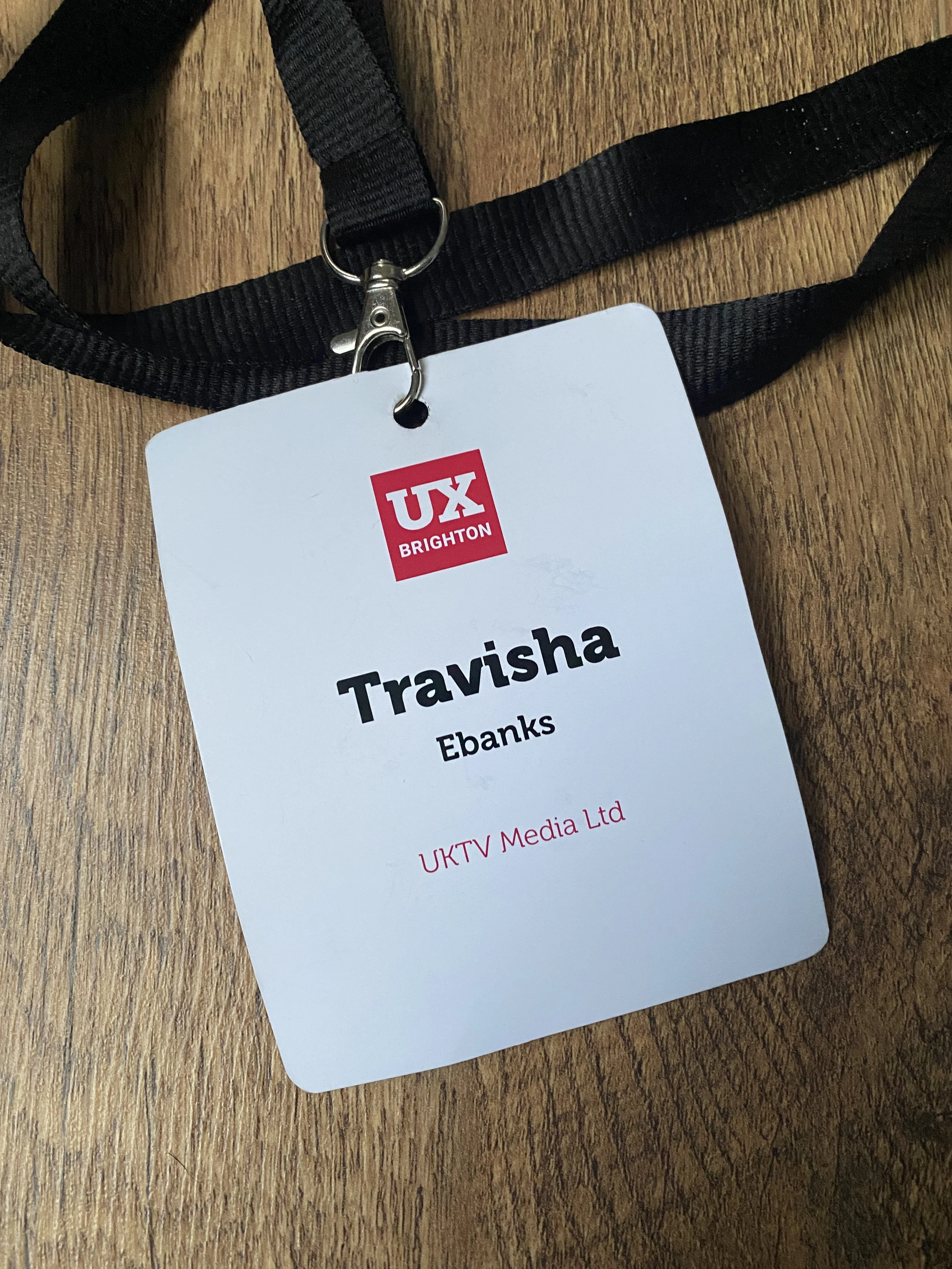Experience at UX Brighton 2024
On Friday, I had the pleasure of attending the UX Brighton conference, where the topic of AI and UX was explored. Initially, I didn’t have much thought towards the topic or even using AI, and generally I saw it as a trend with limited uses in UX/UI design. (Oh, how I was proven wrong.)
Here’s what stood out to me and has change my approach towards AI:
- Will Taylor raised the point that Instead of only automating tasks, AI can be leveraged to support better decision-making, using rule-based reasoning (like decision trees) to minimize biases.
- Glenn Jones explored how we communicate with AI, emphasising "quality maxims" from linguistics. Large Language Models (LLMs) might be great at mimicking human conversation, but without authenticity, users can quickly disconnect.
- Kwame Ferreira introduced the concept of synthetic users that challenged the traditional research models. Rather than aiming for continuous research, we should work smarter and work toward continuous insights, which means actively using data to drive real-time understanding of user needs.
- Maggie Appleton highlighted how AI floods the internet with “AI slop” low-quality, bot-generated content, degrading the user experience. While AI can generate language that sounds right, it often lacks real-world relevance and social nuance. To combat this Maggie spoke about building “trust networks” and providing users with tools to recognize quality, verified content.
This is only a snippet of all the complex concepts the speakers discussed. The day reminded me that AI’s greatest strength might not be in doing the things we can’t be asked to do, but in empowering us to make better decisions, create more meaningful conversations, and build trust. Overall, UX Brighton left me inspired and excited about the future of AI in UX/UI design.





